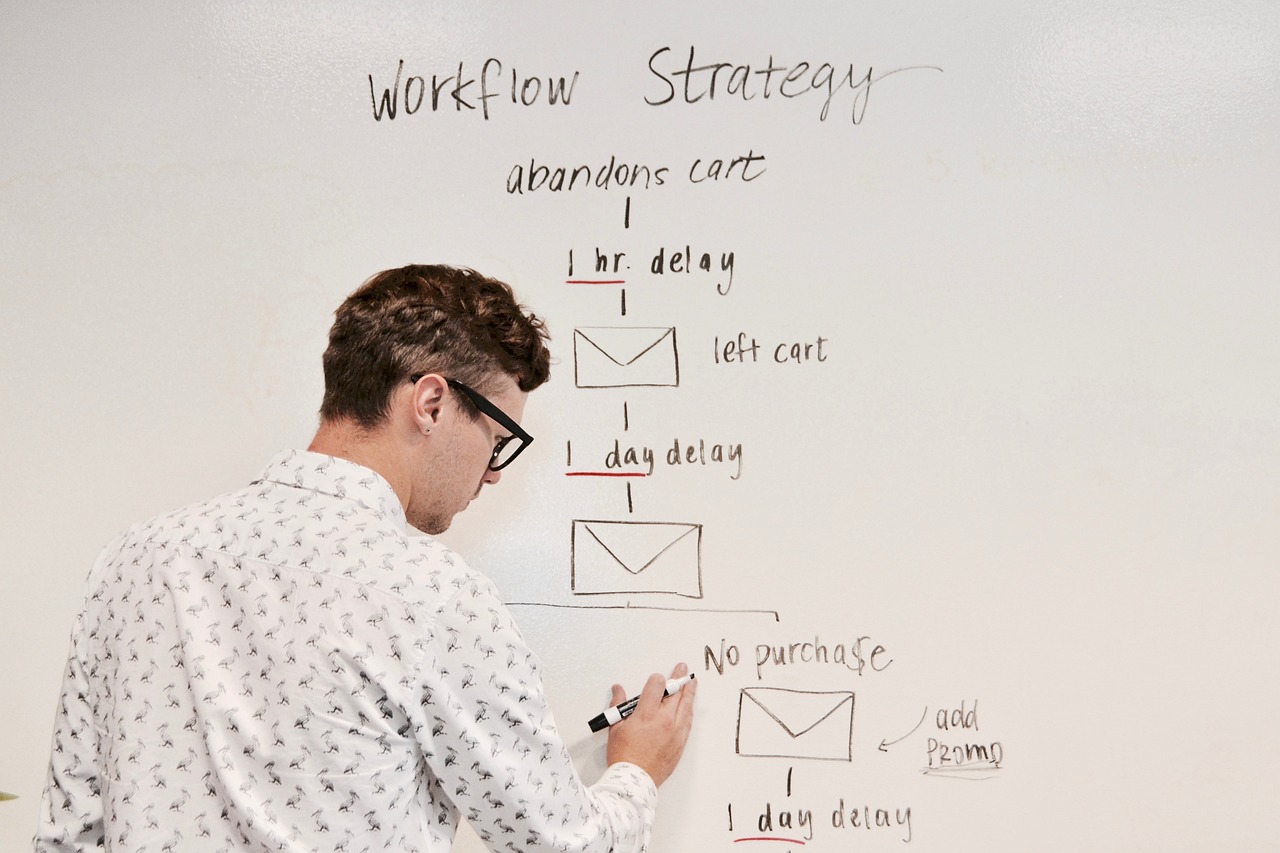As developers and solution architects in IT consulting, we often dive straight into the technical aspects of a project—thinking about databases, user flows, and integrations. But understanding the true business value of our work involves seeing beyond the code and features. It requires us to grasp how our solution impacts the client’s overall business strategy. The Business Model Canvas is a powerful tool that helps us bridge this gap.
The Business Model Canvas (BMC) is a strategic management framework that maps out nine key building blocks of any business: Customer Segments, Value Propositions, Channels, Customer Relationships, Revenue Streams, Key Resources, Key Activities, Key Partners, and Cost Structure. By understanding these components, we can position our IT solution more effectively within the broader context of our client's business. Let’s explore how our solutions might align with different parts of the Business Model Canvas.

Business Model Canvas Components:
- Customer Segments: Who are we creating value for?
- Value Propositions: How do we solve customer problems or fulfill needs?
- Channels: How do we deliver our value to customers?
- Customer Relationships: How do we interact with and retain customers?
- Revenue Streams: How does the business earn revenue?
- Key Resources: What assets are required to deliver the value?
- Key Activities: What core actions are needed to provide the value?
- Key Partners: Who are the business partners that help deliver the value?
- Cost Structure: What are the main costs involved in delivering the value?
1. Value Proposition: The Heart of Our IT Solution
The value proposition is where IT solutions can often make the most significant impact. For example, if your client is struggling to deliver value to their customers quickly, an automation solution that reduces manual processes can directly enhance the value proposition. Always ask yourself: How does our solution solve the pain points of the customer or create new opportunities for the business? This is where our work most often finds its purpose.
2. Customer Segments and Customer Relationships
Understanding the target customer segment helps us design features that align with the user’s needs. For instance, when working on a CRM system, you must understand who the end-users are—sales teams, support staff, or even customers. Are we building functionalities that improve the customer relationship by providing personalization? Are we helping the company serve a specific segment more effectively?
3. Channels: Connecting the Business to Its Audience
IT solutions also play a key role in how businesses deliver value to their audience. This includes developing and supporting the channels through which value is delivered—be it a web application, mobile app, or API integrations with partners. By understanding the channels that the client uses, we can tailor our solution to ensure a seamless connection between the business and its customers.
4. Key Activities and Resources: Making It Happen
The Key Activities block represents what a company needs to do to deliver on its value proposition. This is where we, as developers, are typically most involved. Whether we’re building a new e-commerce platform or integrating data analytics, our solution supports the client's key activities. Understanding these activities helps us see how we’re directly driving the business forward.
Likewise, Key Resources include the technology stack, cloud infrastructure, or even the skilled team required to run the IT systems. Our expertise and the tools we use are part of what helps businesses maintain their competitive edge.
5. Cost Structure and Revenue Streams
Developers don’t always have insight into cost structure and revenue streams, but these can be incredibly important when shaping a solution. For example, knowing that a business is looking to cut down its cost structure by moving to the cloud helps us propose the right migration strategy. Similarly, if we understand how a business makes money, we can ensure our solution supports revenue generation or creates new opportunities, such as subscription-based features or better sales processes.
Study Cases for Business Model Canvas
Study Case 1: Implementation of ERP & eCommerce System in an Online Shop Company
- Customer Segments: Retail customers and wholesale buyers.
- Value Propositions: Streamlined purchasing process and the best customer experience.
- Channels: Online store, mobile app, and partner integrations.
- Customer Relationships: Personalized offers, automated email campaigns, and customer support through chatbots.
- Revenue Streams: Increased sales through eCommerce, subscription services for premium customers.
- Key Resources: ERP software, eCommerce platform, cloud infrastructure, warehouses, manpowers.
- Key Activities: Managing inventory, processing orders, automating marketing campaigns.
- Key Partners: Payment gateways, shipping providers, third-party logistics.
- Cost Structure: Software licensing, cloud hosting, third-party integrations.
Study Case 2: Build Contract Management System for a Government (Public Sector) Agency
- Customer Segments: Government departments, contractors, and public stakeholders.
- Value Propositions: Improved transparency, reduced paperwork, efficient contract lifecycle management.
- Channels: Web portal for government employees and contractors.
- Customer Relationships: Secure access, role-based permissions, regular updates through dashboards.
- Revenue Streams: Not applicable (public sector service).
- Key Resources: Contract management software, secure database, skilled IT staff.
- Key Activities: Managing contract creation, tracking compliance, ensuring legal adherence.
- Key Partners: Legal advisors, IT vendors, regulatory bodies.
- Cost Structure: Software development, maintenance, compliance costs.
Bridging IT Solutions and Business Goals
By leveraging the Business Model Canvas, we, as IT professionals, can align our technical solutions with the overall business strategy. This perspective not only makes our solutions more effective but also helps us communicate the value of our work to stakeholders in business terms. Instead of just describing features, we can talk about how we’re reducing costs, enhancing the customer experience, or enabling new revenue streams.
The next time you're working on an IT solution, try to map your work onto the Business Model Canvas. It’s a simple yet powerful way to understand and convey the broader impact of what we do every day.


